The taxi driver in Ulaanbaatar asked double the price of what the hotel had told me. I had no more local money and was ready for a battle in the cold drizzly morning outside Ghenggis Khan international airport. I threatened to call the hotel which immediately produced the change he owed me but I got the receptionist to give him a piece of my mind in Mongolian anyways. I hoped it was not a bad omen. Corruption and unsavory business practices are apparently rampant. I had heard about it and now there was the experience.
I was too early and this meant standing in this line and then that line while the uniformed men and women employed at the airport donned their white gloves and took their stations. It took a long time.
The check in staff had no idea where Kinshasa was but they gave me boarding passes to my transit and final destinations anyways. Although I had gotten a Premium Economy Ticket on this Aeroflot flight, more expensive than the usual low fares I get, I was placed in the middle of the cabin. I grudgingly let go of my fantasy which only knows premium from long haul/wide body flights – narrower than B-class but more spacious than the back of the bus. I consider a 6.5 hour flight a long haul but we did it in a small plane that had no fancy premium chairs. I reseated myself in the middle of an empty row and held on to it throughout the boarding process – tense moments. When I stretched out to sleep I realized there were damp blankets all around me (or maybe someone peed in his/her pants) – that kind of smell.
The cabin crew told us first in Russian and then in accented English that alcohol not provided by the airline was not to be consumed. It was 6 AM in Ulaanbaatar and I hoped this was not going to be an issue.
I slept, read and puzzled and suddenly we were in Moscow. As we moved west across the steppes, Siberia and then the -Stans I noticed that we went from treeless to heavily wooded by the time we landed in Moscow.
I was last in Moscow (not at the airport) in 1974. If someone had told the Soviets then that their airport would look like any other airport in the world (Africa north of South Africa excepted) forty years later he would have been tried for treason. There is an TGIFriday and countless Starbuck look-alikes, fancy perfumes that produce sneezing attacks and alcohol galore. Other than the Cyrillic script and the abundance of Aeroflot planes there is no way of knowing I am in Russia. I am looking for oligarchs in the business lounge and wonder if they could be female.
The business class lounge has salami and herring (not combined) sandwiches and there is vodka of course. But there is also oatmeal porridge and fancy petit-fours. The free internet promptly crashed my computer, if such is possible. My virus defense force gave me notice that a Python virus had been caught. Imagine that! I hope my computer’s vaccinations are up to snuff. Next sign of life from Paris, incha’llah.
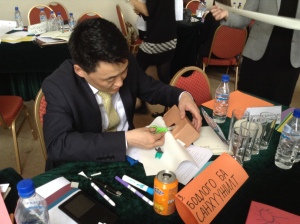



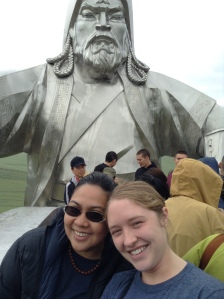
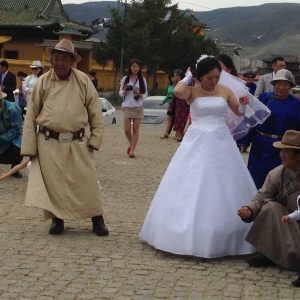


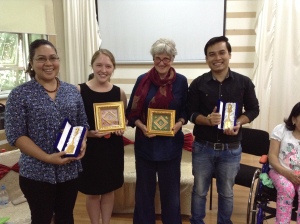

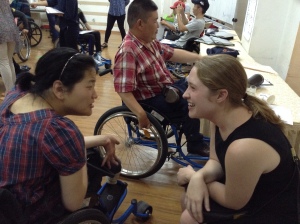

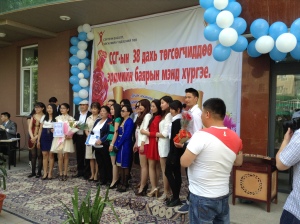
Recent Comments